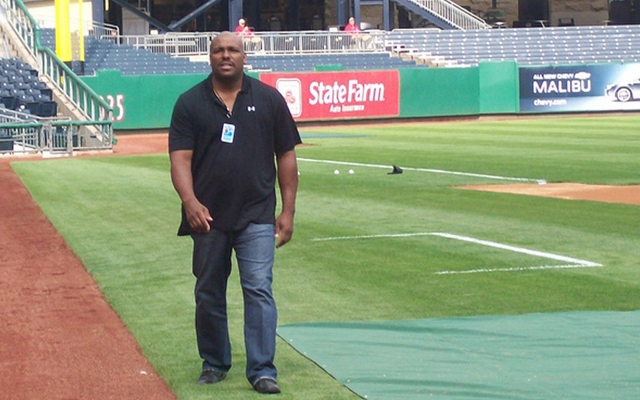Wednesday marked the annual day where a host of free agents in the NHL and NBA, elite players and average joes alike, got P-A-I-D, paid.
Kevin Love got over a $100M to stay in Cleveland and hopefully finish what was started this past season. Draymond Green went from a second-round draft pick a guy getting just shy of max money in Golden State. The Toronto Raptors threw $60M over four years at DeMarre Carroll, a secondary piece on an overachieving Atlanta Hawks squad who turns 29 later this month and has had all of two productive NBA seasons.
On the ice, there was more total movement, but a bit more restraint, with Karri Ramo’s one-year, $3.8M deal to stay in Calgary was the biggest salary handed out on the first day of free agency. Of course, Phil Kessel’s massive salary was also moved from Toronto to Pittsburgh in a major deal and there were a handful of noteworthy moves made a couple weeks back at the draft that lessened the spectacle of the opening of free agency on Wednesday.
But still, the total dollars thrown around was staggering and as it does every year, it leaves you wondering if these massive salaries and lengthy terms are really worth it in the long run.
Gone are the days of the 8-12 year, front-loaded contracts, but that doesn’t mean the sums of money being handed out to secondary pieces and role players still isn’t mindboggling.
Green is the glue that holds together the champion Warriors and a jack-of-all-trades on the court, but is he really worth $17M a season for the next five years? And what does that say of Toronto’s deal with Carroll, who averaged fewer rebounds and barely a point more than Green for the Hawks, but is four years his senior?
Things were more measured in the NHL, but part of that is because this year’s free agent class doesn’t feature any real game-changing talent. Defensemen Cody Franson is the top remaining name on the market and won’t likely fetch more than $5M a year wherever he signs.
That being said, a 27-year-old blueliner who contributed a career-high 36 points in 78 games last season – his sixth in the league – being worth $5M a year seems like an overpay, regardless of what the market says.
Every year, there are deals that are cringe-worthy right out of the gate and several more than don’t age well, which makes you wonder why more general managers haven’t taken to offering shorter terms with multiple options to avoiding paying a declining players several years after they’ve passed their best before date?
The likely answer is that because one of their contemporaries will counter with the same or more money and a longer term, leaving the guy with the right idea empty handed and having to explain to his owners that he tried something different and failed.
But the interesting annual tie-in to the first day of free agency in the NBA and NHL is that July 1st is also the day the New York Mets cut their annual $1.2M check to Bobby Bonilla, the now 52-year-old former all-star who was bought out by the Metropolitans in 2000.
Rather than taking the money they owed him up-front, Bonilla got those payments deferred and spread out over 25 years, beginning in 2011, more than a decade after he last suited up in the big leagues. With an annual interest rate of 8 percent, “Bobby Bo” is going to be putting more than a million dollars in the bank every July 1 until 2035.
If that’s not a sign that general managers have no idea how to properly spend the millions of dollars that are being thrown around these days, I don’t know what is.












